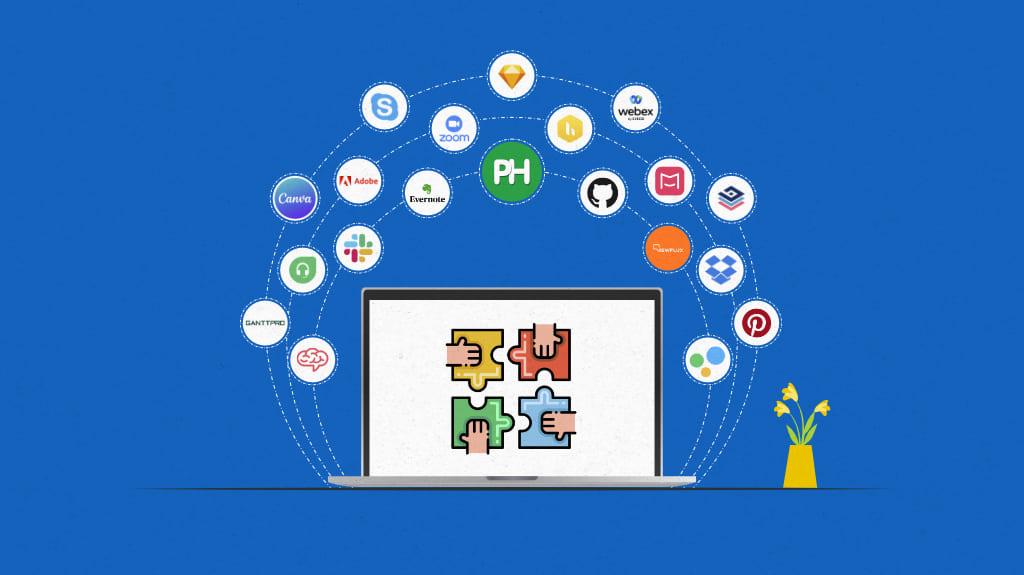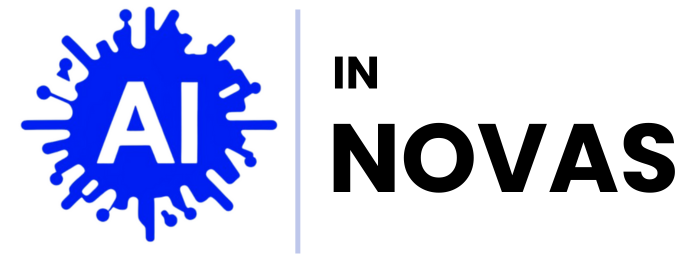In the ever-evolving landscape of project management tools, teams are often caught in a whirlwind of options, each promising to streamline workflows and enhance collaboration. Among the most popular contenders, Trello and Monday.com have emerged as titans, each boasting unique features and capabilities tailored to diverse team dynamics. But how do these platforms truly compare? In this comprehensive exploration, we will delve into the functionalities, strengths, and potential drawbacks of both Trello and Monday.com. Whether you’re part of a small startup or a large corporation, understanding the nuances of these tools is essential for equipping your team with the right resources to achieve success. Join us as we unravel the intricacies of Trello and Monday.com, helping you make an informed decision for your next project.
Exploring User Interfaces: Intuitiveness and Customization Options
When evaluating platforms like Trello and Monday.com, the intuitiveness of their user interfaces stands out as a key differentiator. Trello’s design is rooted in simplicity, utilizing a board and card system that mimics physical task management tools. Users can effortlessly drag and drop tasks, making it immediately accessible for teams seeking a straightforward approach. On the other hand, Monday.com offers a more structured experience with customizable workflows and visual charts. Each team can navigate easily through colorful boards that display their specific projects and timelines, which can streamline communication and project flow significantly.
Customization options further distinguish these platforms. Trello allows users to enrich their boards with power-ups that extend its functionality such as calendar views, time tracking, and integrations with popular apps. These features enhance usability while keeping the interface clean and uncluttered. Conversely, Monday.com provides a comprehensive suite of customization options right out of the box, featuring templates that cater to various workflows—ranging from marketing campaigns to software development cycles. With options to create custom dashboards, users can visualize their data in a way that suits their unique needs. Below is a comparison of their customization features:
| Feature | Trello | Monday.com |
|---|---|---|
| Custom Board Layouts | ✅ Limited | ✅ Extensive |
| Integration Options | ✅ Multiple Power-Ups | ✅ Built-in Integrations |
| Templates Available | ✅ Community Templates | ✅ Pre-built Templates |
| Mobile Accessibility | ✅ User-friendly | ✅ Optimized Experience |

Task Management Features: Capabilities and Workflow Efficiency
In the realm of task management, both Trello and Monday.com deliver robust capabilities tailored to enhance team collaboration and streamline workflows. Trello’s Kanban-style boards offer a visually intuitive experience, allowing teams to easily visualize tasks in various stages of completion. Users can create customizable checklists, set due dates, and assign tasks to team members, promoting an efficient distribution of workload. Meanwhile, Monday.com offers a more structure-driven approach with item views, enabling teams to organize tasks by priority, deadlines, or team assignments using visually rich dashboards. This flexibility empowers teams to adapt their workflow to fit their specific needs, increasing overall productivity.
When comparing automation features, both platforms shine in uniquely different ways. Trello’s Butler automation allows users to set triggers and actions, cutting down repetitive manual tasks and minimizing the chance of oversight. Users can create rules for task assignments, deadlines, and notifications, making the entire process seamless. On the other hand, Monday.com provides an extensive work OS that integrates time tracking, status updates, and even customizable notifications within its boards. This integration facilitates real-time updates, ensuring that everyone stays informed and aligned without the need for constant check-ins. With functionalities like these, teams can focus on delivering quality results rather than getting bogged down in process management.

Collaboration Tools: Enhancing Team Communication and Productivity
In the ever-evolving landscape of remote work, collaboration tools like Trello and Monday.com play pivotal roles in facilitating effective communication and boosting team productivity. Both platforms offer user-friendly interfaces and robust functionalities that cater to diverse project management needs. Teams can easily create, assign, and monitor tasks, allowing for enhanced visibility into project status and individual contributions. Integration capabilities with other popular applications (like Slack, Google Drive, and Zoom) further streamline workflows, meaning teams can centralize their communication and reduce the risk of misalignment or missed deadlines.
The key to selecting between Trello and Monday.com lies in understanding your team’s specific requirements. Trello employs a kanban-style approach, ideal for visual learners who benefit from dragging and dropping tasks within customizable lists. In contrast, Monday.com offers extensive templates and enhanced automation features that can be tailored for larger teams with more complex projects. A quick comparison of their main features reveals:
| Feature | Trello | Monday.com |
|---|---|---|
| Ease of Use | Intuitive, simple layout | Customizable dashboards |
| Automation | Basic automation | Advanced automation options |
| View Options | Kanban view | Multiple views (table, timeline, calendar) |
| Integrations | Numerous third-party integrations | Broad range of integrations |
Ultimately, both Trello and Monday.com enhance team collaboration, yet the choice depends on team size, project complexity, and personal preference for visual vs. structured layouts. By leveraging either tool’s strengths, teams can expect to see improved accountability, streamlined communication, and, most importantly, increased productivity in their projects.

Pricing Structures: Evaluating Cost-Effectiveness for Different Teams
When assessing the cost-effectiveness of Trello and Monday.com for different teams, it’s crucial to consider both the pricing tiers and the unique features each platform offers. Trello operates on a freemium model, providing a solid base of functionality at no charge, which is ideal for small teams or projects that require minimal oversight. Paid plans begin at a competitive price, expanding capabilities with features like automation and priority support. On the other hand, Monday.com opts for a more structured pricing approach based on the number of users and the features required. This makes it particularly appealing for larger teams seeking comprehensive project management tools, though it may lead to higher upfront costs.
To better understand how these platforms align with team budgets, here’s a simple comparison of their pricing structures:
| Feature | Trello | Monday.com |
|---|---|---|
| Free Plan | Available, with basic features | Not available |
| Basic Paid Plan | Starts at $5/user/month | Starts at $8/user/month |
| Advanced Features | Power-Ups limited | Robust automation, dashboards |
teams need to evaluate their specific needs and budget constraints to determine which platform offers the best return on investment. Whether it’s a small creative team that benefits from Trello’s simplicity and cost-effective options, or a larger project-driven organization that thrives on the extensive feature set provided by Monday.com, the right choice ultimately hinges on individual project requirements and organizational goals.
The Conclusion
the choice between Trello and Monday.com ultimately hinges on the unique needs and preferences of your team. Both platforms offer distinct advantages, from Trello’s intuitive, card-based layout that promotes a visual workflow to Monday.com’s robust features designed for scalability and customization. Whether you prioritize simplicity and ease of use or seek a powerful tool with extensive functionality, each option presents a compelling case.
As you navigate through the selection process, consider factors such as team size, project complexity, and collaboration style. The right project management tool can transform the way your team works together, enhancing productivity and fostering a more organized approach to task management.
Remember, the best choice is the one that aligns seamlessly with your team’s dynamics and goals. So, take your time, explore both platforms, and empower your team to thrive with a tool that complements your workflow. Happy collaborating!




